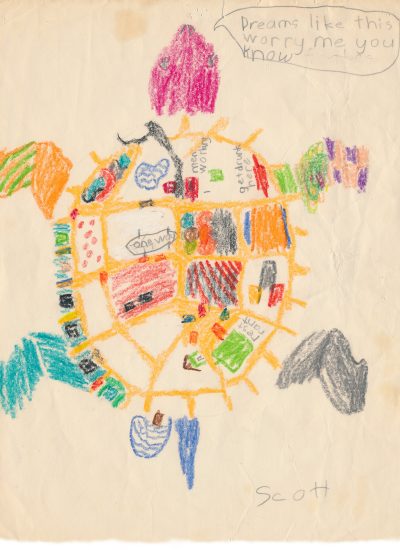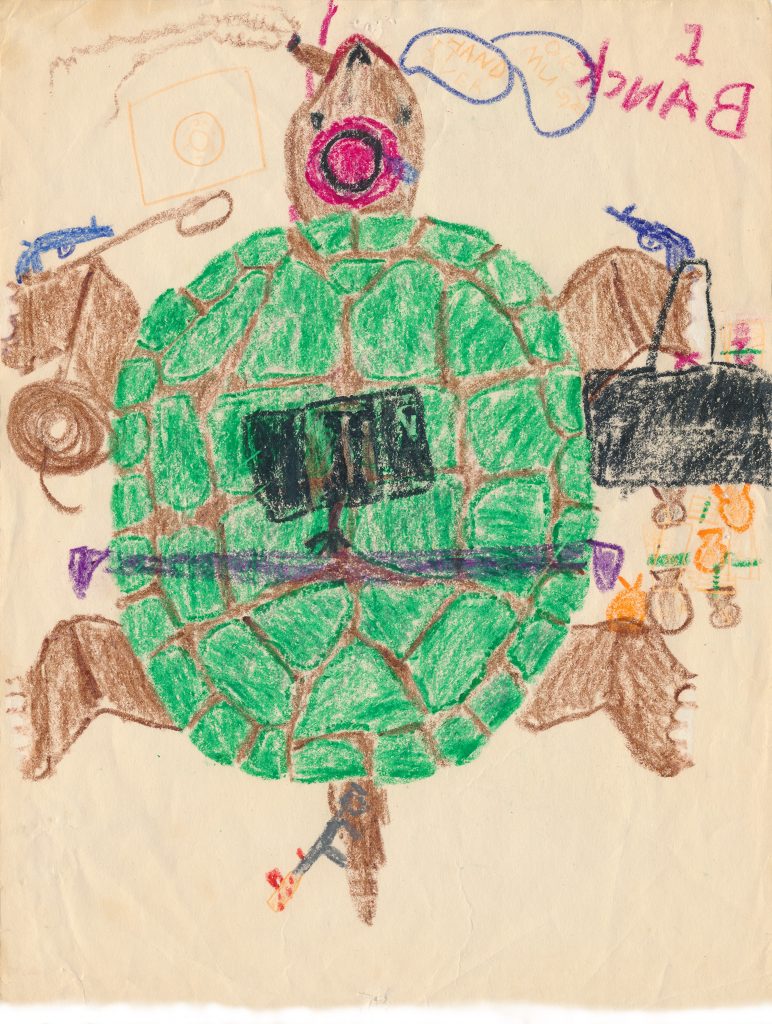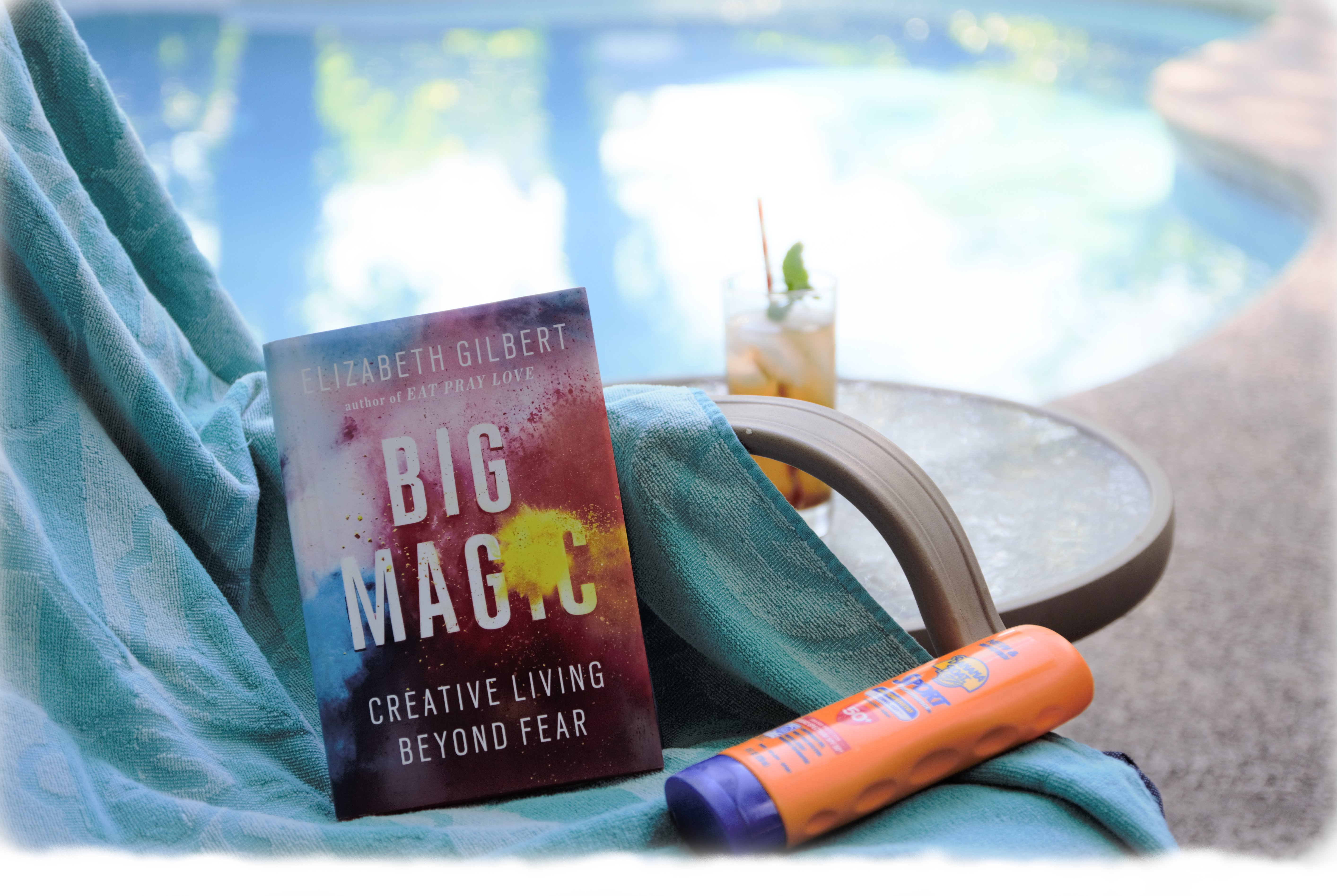My Brother’s Turtles

11 June 2019 | Theme: Creativity | 7-Minute Read | Listen
The instructions were straightforward enough: color the turtle.
My second-grade brother Scott looked at the sheet of paper with the mimeographed turtle outline and considered the possibilities. It was a top-down view of the turtle so that all four legs were visible, and its head and tail protruded from the sectioned-off shell.
“Color the turtle?” Sure! Scott set out to use as many colors as possible. He colored the head fuchsia, carefully giving the creature gray eyes and eyelashes. One back leg was gray while the other was teal; one front leg was orange and green stripes, and the other was a pink and purple checkerboard.
He traced over the section outlines with light orange, and then set about coloring them. In one section he made red polka dots, while in another he drew a house. Other segments were colored with various patterns and buildings, as if the partition lines were roads. Penciled-in signs declared, “One Way,” “rest rant,” and “men working.”
Near the turtle’s head, he drew red saloon doors and a sign that says, “get drunk here.” (This was most surely influenced by 1960’s television depictions of six-shooter toting, beer-slinging cowboys.)
The pièce de résistance: a thought bubble drawn above the turtle that read, “Dreams like this worry me you know.”
I can imagine my seven-year-old brother beaming as he handed this masterpiece to his teacher. The attention to detail was amazing, the humor and wit astounding.
The teacher took one look at my brother’s artwork and said, “No. Turtles are green and brown. You must color it green and brown.” She handed him another mimeographed turtle and returned to grading other papers.
Green and brown. Brown and green. One turtle looking like another turtle. All the same. Blending in. Camouflaged. Hey, wait! That’s IT!
He took out his green and brown crayons and set to work again. First tracing each segment in brown, he then dutifully filled in with green. The head, tail, and legs were brown, just as instructed.

Then Scott added a purple belt and holster, a coil of rope, and blue revolvers in each “hand.” A machine gun sat on top of the tail, and the turtle was now lugging a black suitcase from which money bags were spilling. The gangster-turtle wore a red derby and smoked a cigar.
Across the top of the paper, my brother scrawled—backward—“1 B-A-N-C-K,” as if the turtle were inside and the words “First Bank” (misspelled by the second grader) were painted on the window. This time, he included bubbles that read, “OK, Mugsy. Hand it over.” The camouflaged turtle-tank was ready to make a clean getaway from the bank robbery.
The story of Scott’s turtles became family lore, told and retold at holidays and family gatherings. The drawings have been kept safe since the late 1960s; in fact, when I told my mother I wanted to write about them for this month’s theme of creativity, she knew exactly where they were.
I love this story about my brother because instead of being crushed by his teacher’s failure to see his creative young mind, he took it as an added challenge. Though he was a little boy, he essentially said, “Fine. I’ll play by your stupid rules, but I own this turtle!”
It isn’t easy for children to be so resilient when adults shut down their creativity. Many adults today fail to see themselves as creative because of one seemingly insignificant comment that was made to them as children.
I recently talked with a woman in her sixties or so who said, “I haven’t sung since I was in fifth grade.” She said it sort of longingly, as if she’d have liked to have been singing all these years. I sighed and asked, “Was it a teacher?” She nodded yes.
Now, I love teachers. I am a former teacher myself, and there are several teachers in my family. It is the noblest and most underpaid of all the professions, and anyone who teaches earns my respect. Yet here are two examples of individuals who misused the power entrusted to them, resulting in one person being silenced for more than five decades.
The words we use, especially with impressionable children, matter.
The thing is, if you’re an adult, you don’t have to keep believing the narrative you bought into as a child. Now you get to rewrite it! You can decide—this minute—to start singing again, no matter what anybody else says. Sing loudly, sing off-key, sing just for the joy of singing!
Whatever you are doing, Dear Reader, you can turn the mundane and ordinary into a crazy-quilt of possibilities. Choose colors that “don’t go together,” or color outside the lines. Whatever you’re doing, put your mark on it and own it. Be playful, be a little silly, and have fun.
Until next time,

If you enjoyed this article,
please share on social media!
NEXT ARTICLE

Book Review: Big Magic by Elizabeth Gilbert
13 June 2019 | Theme: Creativity | 7-Minute Read
I can’t begin to tell you how much I love, love, LOVE this book! I’ve read it two and a half times (the “half” is a story of its own…) and each time I finish it, I want more. I learned of the book Big Magic: Creative Living Beyond Fear . . .